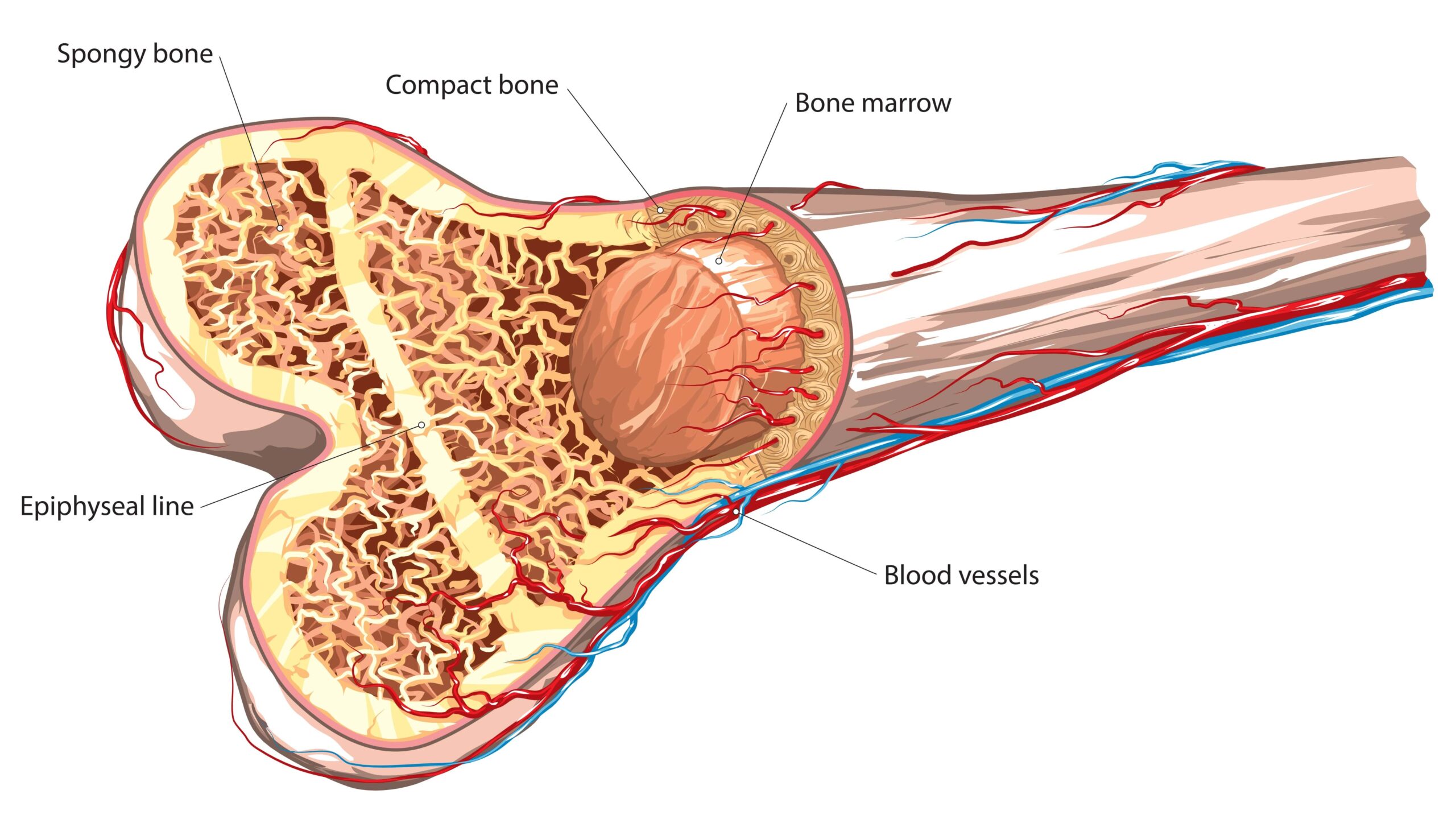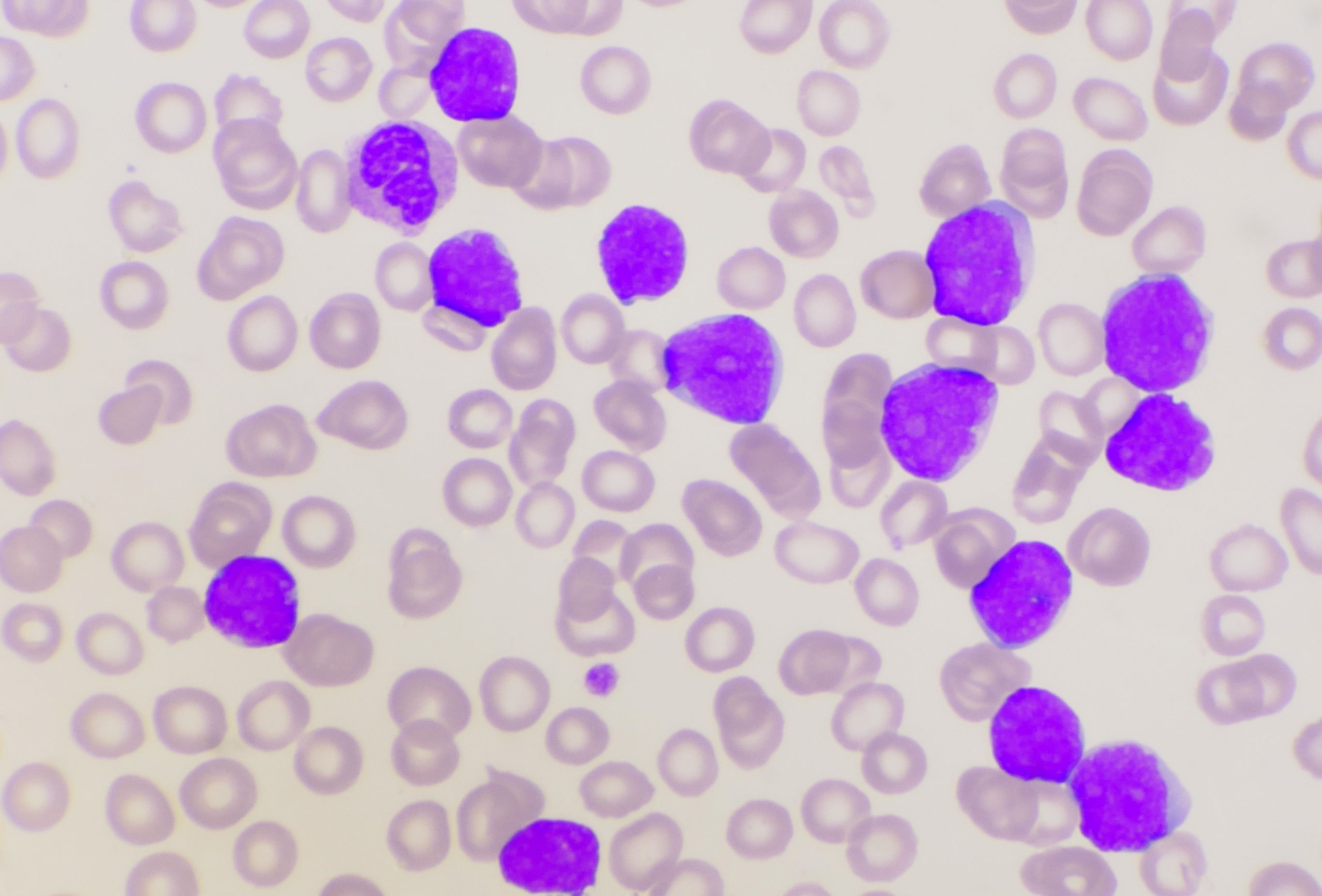
The U.S. Food and Drug Administration approved Reblozyl® (luspatercept-aamt), the first and only erythroid maturation agent (EMA), for the treatment of anemia in patients failing an erythropoiesis stimulating agent (ESA) and requiring two or more red blood cell (RBC) units over eight weeks. The treatment is indicated for adults with very low- to intermediate-risk myelodysplastic syndromes with ring sideroblasts (MDS-RS) or myelodysplastic/myeloproliferative neoplasm with ring sideroblasts and thrombocytosis. Luspatercept-aamt is not indicated for use as a substitute for RBC transfusions in patients who require immediate correction of anemia. This is the first treatment in more than a decade indicated for MDS.
The approval was based on results of the pivotal randomized, double-blind, placebo-controlled, multicenter, phase III MEDALIST trial that included 229 patients with very low-, low-, and intermediate-risk non-del(5q) MDS-RS who received luspatercept-aamt 1.0 mg/kg with titration up to 1.75 mg/kg if needed (n=153) or placebo (n=76). All patients were RBC transfusion-dependent and were refractory or intolerant to a prior ESA or were unlikely to respond to an ESA due to endogenous serum erythropoietin ≥200 U/L.
Improved independence from RBC transfusions with luspatercept-aamt
A significantly greater proportion of patients receiving luspatercept-aamt (38%) achieved independence from RBC transfusions (primary endpoint) for at least eight weeks during the first 24 weeks of treatment compared with those receiving placebo (13%; P<0.001). A significantly greater proportion of patients receiving luspatercept-aamt achieved at least 12 weeks of independence from transfusions within the first 24 (28% vs. 8%) and 48 (33% vs. 12%) weeks of the study compared with placebo.
Most treatment-related adverse events (AEs) were grade 1/2. Grade 3/4 AEs occurred in 42.5% of patients receiving luspatercept-aamt and 44.7% of patients receiving placebo. The most common any-grade AEs were fatigue, musculoskeletal pain, dizziness, diarrhea, dyspnea, nausea, hypersensitivity reactions, headache, and upper respiratory tract infection. The incidence of AEs decreased over time.
Full study results were published in The New England Journal of Medicine.







 © 2025 Mashup Media, LLC, a Formedics Property. All Rights Reserved.
© 2025 Mashup Media, LLC, a Formedics Property. All Rights Reserved.